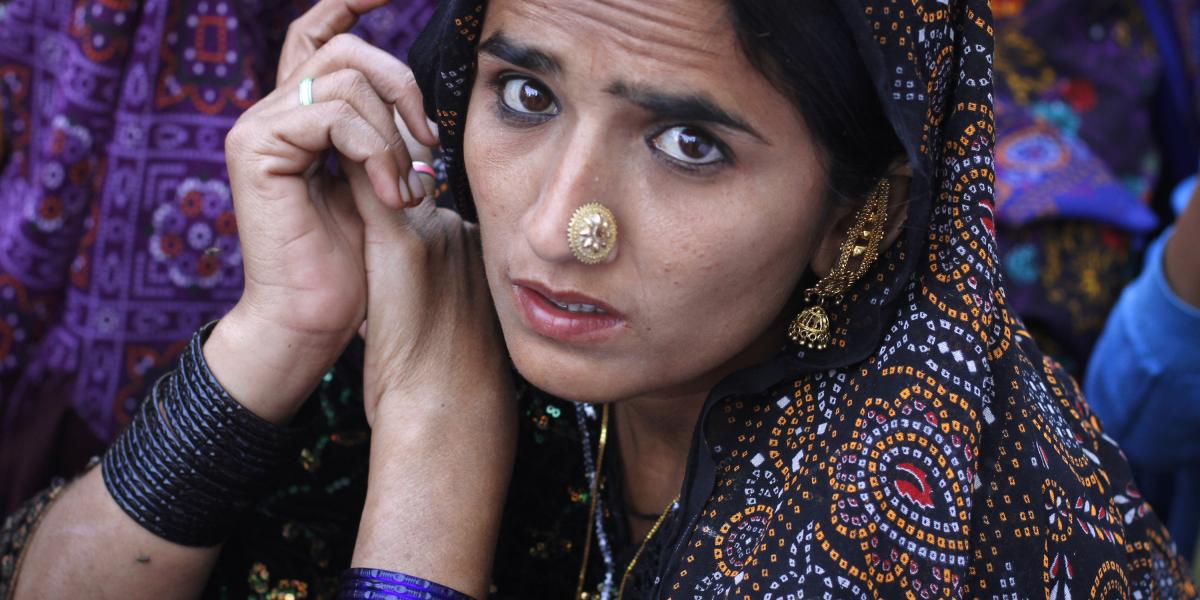Femicide: A Growing Global Crisis

Table of Contents
The Scope and Prevalence of Femicide
Femicide statistics paint a grim picture. While precise global figures remain elusive due to significant underreporting, data from the World Health Organization (WHO) and the United Nations (UN) reveals alarming trends. Many countries lack robust systems for tracking femicides, making accurate data collection a significant challenge. This is further exacerbated by societal factors that often lead to the underreporting of such crimes, including social stigma, fear of retaliation, and a lack of trust in law enforcement.
-
Regional Variations: Femicide rates vary significantly across regions. Some Latin American countries consistently report extremely high rates, while others experience comparatively lower numbers. These differences highlight the complex interplay of cultural norms, legal frameworks, and socio-economic factors.
-
Data Collection Challenges: Inconsistent definitions of femicide across different jurisdictions make accurate comparisons difficult. Furthermore, many cases of female homicides may be misclassified, obscuring the true scale of the problem.
-
Underreporting: The underreporting of femicide is a pervasive issue. Women and girls are often afraid or unable to report violence, particularly within intimate partner relationships, due to fear of further violence or social stigma.
-
Impact of Conflict: Conflict and political instability frequently exacerbate femicide rates. In such environments, women and girls face heightened risks of gender-based violence, including sexual assault and murder.
Root Causes and Risk Factors of Femicide
The root causes of femicide are complex and multifaceted, but gender inequality lies at their core. Patriarchal societies, which prioritize male dominance and subordinate women, create an environment where violence against women is normalized and even excused. Harmful cultural norms, such as those that condone honor killings or justify violence against women who violate traditional gender roles, further fuel the problem.
-
Gender Inequality: Deep-rooted gender inequality manifests in various forms, from unequal access to education and economic opportunities to limited legal protection against violence.
-
Patriarchal Structures: Societies with deeply ingrained patriarchal structures often lack the mechanisms to hold perpetrators of violence against women accountable.
-
Intimate Partner Violence: A significant proportion of femicides are committed by intimate partners or former partners. This highlights the critical need to address domestic violence and create safe exit strategies for women experiencing abuse.
-
Honor Killings: In some cultures, women are killed to restore family "honor" that has been perceived as tarnished by the woman's actions, highlighting the extremely dangerous impact of harmful traditional beliefs.
-
Access to Weapons: Easy access to firearms and other weapons significantly increases the risk of femicide, turning domestic disputes into fatal encounters.
The Impact of Femicide on Individuals, Families, and Communities
The consequences of femicide extend far beyond the immediate victim. Families and communities suffer profound and long-lasting emotional and psychological trauma. The loss of a woman, mother, sister, or daughter creates an irreplaceable void and can have devastating effects on mental health. The economic repercussions are equally significant, as families often lose their primary breadwinner and face financial hardship.
-
Psychological Trauma: The psychological impact on family and friends is immense, often leading to depression, anxiety, and post-traumatic stress disorder (PTSD).
-
Economic Consequences: The loss of a woman's income can cripple families, particularly in societies where women play crucial economic roles.
-
Social Disruption: Femicide disrupts social structures and creates a climate of fear, impacting community safety and cohesion.
-
Long-Term Societal Impact: The systemic nature of femicide undermines social progress and gender equality.
Strategies for Prevention and Intervention
Addressing the global crisis of femicide requires a multi-pronged approach encompassing legislative changes, educational initiatives, and community-based interventions. Effective law enforcement responses are also crucial, requiring proper training and a commitment to prosecuting perpetrators.
-
Strengthening Laws: Robust legal frameworks that define and criminalize femicide are essential, along with effective mechanisms for prosecuting perpetrators.
-
Educational Programs: Comprehensive education programs should challenge harmful gender norms and promote gender equality from a young age.
-
Support Services: Providing support services for victims and survivors of violence, including shelters, legal aid, and counseling, is crucial.
-
Law Enforcement Training: Training law enforcement personnel on gender-based violence and femicide investigation protocols is critical to ensure effective responses.
-
Awareness Campaigns: Raising public awareness about femicide through widespread campaigns can help challenge societal acceptance of violence against women.
-
Research and Data Collection: Investing in research to better understand the root causes of femicide and to improve data collection methods is crucial for developing effective prevention strategies.
Conclusion: Ending Femicide – A Collective Responsibility
Femicide is a global crisis that demands urgent attention. Its devastating impact on individuals, families, and communities cannot be ignored. Ending femicide requires a collective effort from governments, organizations, and individuals. We must strengthen legal frameworks, challenge harmful cultural norms, and invest in prevention and intervention strategies. This includes supporting organizations working to combat violence against women, advocating for policy changes that prioritize women's safety and human rights, and actively participating in ending femicide. Learn more, get involved, and help us create a world free from this horrific violence. Let's work together to end femicide and build a future where all women can live safely and with dignity.

Featured Posts
-
 Javier Baez Recuperacion Y Rendimiento En El 2024
May 21, 2025
Javier Baez Recuperacion Y Rendimiento En El 2024
May 21, 2025 -
 Peppa Pigs Mums Spectacular London Gender Reveal Party
May 21, 2025
Peppa Pigs Mums Spectacular London Gender Reveal Party
May 21, 2025 -
 April Nyc Concert Vybz Kartel At The Barclay Center
May 21, 2025
April Nyc Concert Vybz Kartel At The Barclay Center
May 21, 2025 -
 The Traverso Family Generations Of Cannes Film Festival Photography
May 21, 2025
The Traverso Family Generations Of Cannes Film Festival Photography
May 21, 2025 -
 The Return Of Manufacturing Can America Reclaim Lost Factory Jobs
May 21, 2025
The Return Of Manufacturing Can America Reclaim Lost Factory Jobs
May 21, 2025
Latest Posts
-
 Metagrafi Giakoymaki I Los Antzeles Deixnei Endiaferon
May 21, 2025
Metagrafi Giakoymaki I Los Antzeles Deixnei Endiaferon
May 21, 2025 -
 Aston Villas Fa Cup Hopes Dashed By Rashfords Double For Manchester United
May 21, 2025
Aston Villas Fa Cup Hopes Dashed By Rashfords Double For Manchester United
May 21, 2025 -
 Los Antzeles Endiaferon Gia Ton Giakoymaki
May 21, 2025
Los Antzeles Endiaferon Gia Ton Giakoymaki
May 21, 2025 -
 Manchester United Cruise Past Aston Villa Rashfords Brace Seals Victory
May 21, 2025
Manchester United Cruise Past Aston Villa Rashfords Brace Seals Victory
May 21, 2025 -
 Wwe Tyler Bates Highly Anticipated Television Comeback
May 21, 2025
Wwe Tyler Bates Highly Anticipated Television Comeback
May 21, 2025
